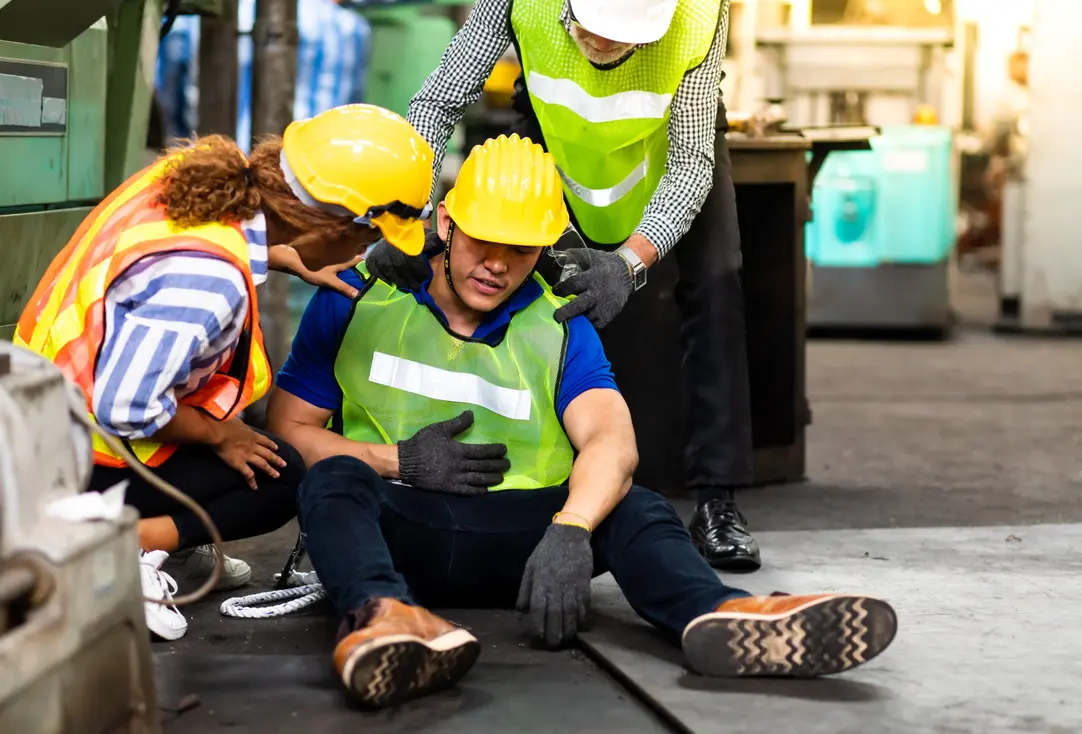HSE Document Controller (1 Position) – Qatar
Location: QatarEmployment Type: Full-TimeJoining: Immediate Job Overview We are urgently seeking a highly motivated, detail-oriented, and experienced HSE Document Controller to join our team in Qatar. This role is critical to ensuring that all Health, Safety, and Environment (HSE) documentation is properly managed, controlled, updated, and aligned with organizational and regulatory requirements. The ideal candidate … Read more





